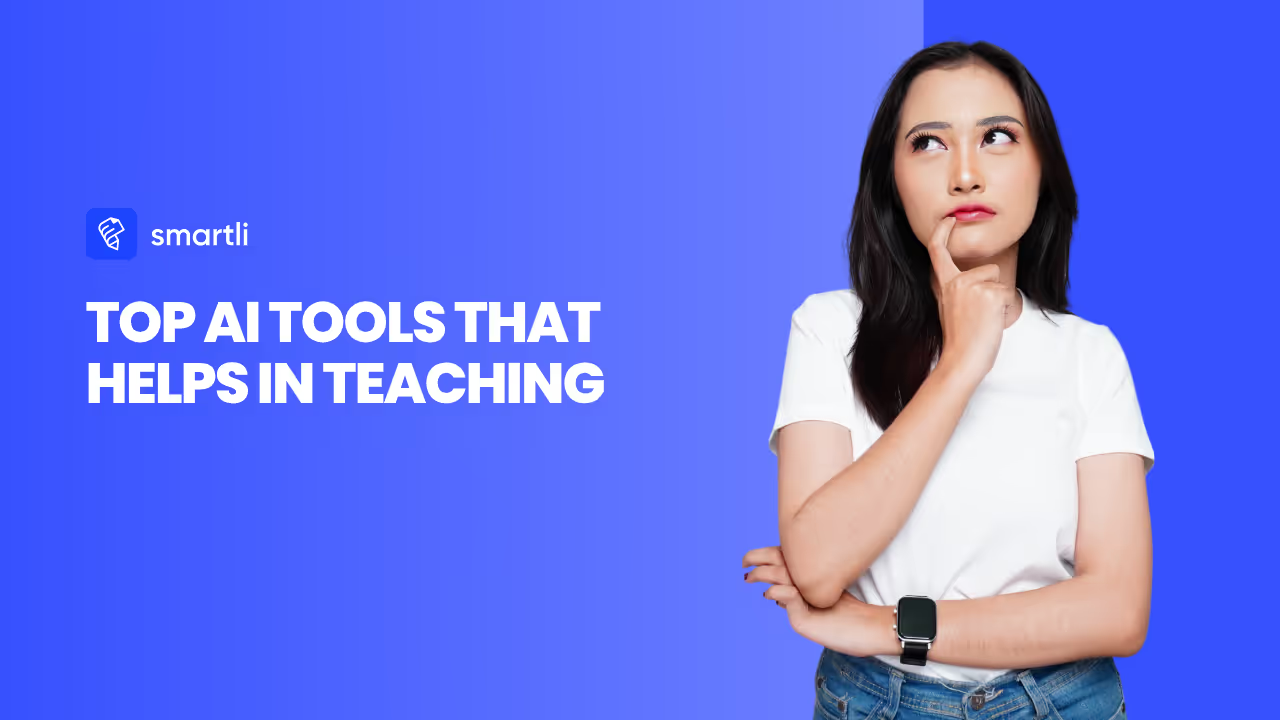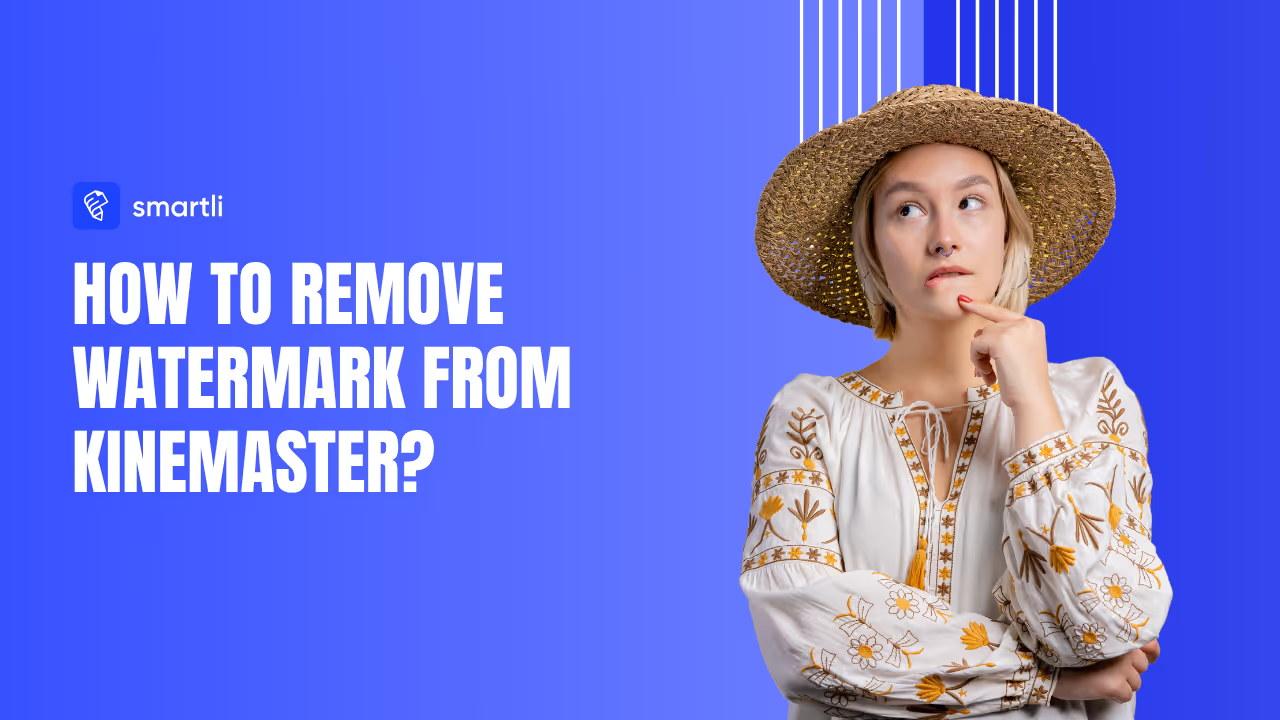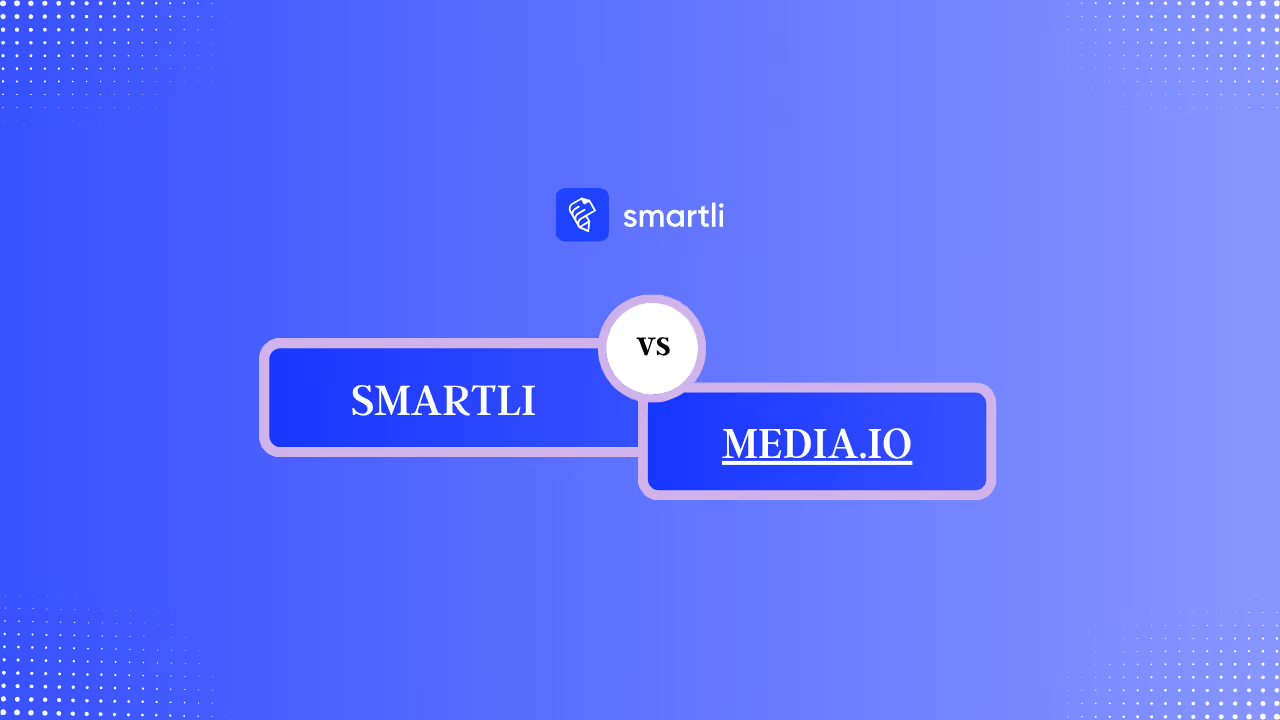Editing photos used to mean hours in software like Photoshop. Now, AI image enhancers can do the work in seconds. But faster doesn't always mean better, and new doesn't always mean it replaces the old. An AI photo enhancer uses machine learning to adjust brightness, contrast, and sharpness automatically, while traditional editing gives you manual control over every detail.

Both have their place. The real question is when to use each one and how they work differently. Let's break down what sets them apart and help you pick the right tool for your workflow.
How AI Image Enhancers Work
An AI photo enhancer analyzes your image and makes adjustments based on patterns it learned from thousands of photos. It doesn't ask you to tweak sliders—it just works. The AI scans for common problems like poor lighting, dull colors, or soft focus, then fixes them automatically.
The process is fast because there's no guesswork involved. You upload a photo, click enhance, and get results in seconds. An AI image enhancer learns from data, which means it gets smarter the more it processes images. Modern AI models are trained on professional photos and amateur shots alike, so they understand what "good" looks like across different types of images.
Speed and Convenience
An AI photo enhancer saves time because you're not manually adjusting anything. No layers, no blend modes, no spending 20 minutes on a single image. This makes sense if you're processing bulk photos or need quick results for social media. Businesses dealing with product photos appreciate this—AI can enhance 100 images in the time traditional editing takes for five.
Limited Control
The trade-off is control. You can't tell the AI exactly what you want. Some AI photo enhancer tools let you choose intensity levels, but that's about it. If the AI's suggestion doesn't match your vision, you're stuck accepting it or trying a different tool.
How Traditional Editing Works
Traditional editing means opening software like Photoshop or Lightroom and adjusting each element yourself. You control the exposure, whites, blacks, saturation, vibrance, and everything else. You decide how much to sharpen or blur, which areas to brighten, and how much color correction to apply.
This approach takes longer but gives you absolute control. You're not relying on an algorithm to understand your vision—you're creating exactly what you want. Professional photographers and designers still prefer traditional editing for this reason.
Complete Creative Control
With traditional editing, you're the decision-maker. Want to brighten just the face but keep the background dark? You can do that. Need to remove an object and seamlessly blend it back in? That's possible with the right tools and skills. An AI photo enhancer can't do this level of selective work.
Time Investment
The downside is time. Learning software takes weeks or months. Editing individual photos takes anywhere from 5 to 30 minutes depending on complexity. For large batches of photos, this becomes a real problem. But for high-stakes work where every detail matters, it's worth the investment.
The Key Differences Between AI Image Enhancement and Traditional Editing
Here are the key differences between AI vs traditional photo editing:
Speed wins with AI
An AI photo enhancer processes images in seconds while traditional software requires minutes or hours of work. This matters when you're handling hundreds of photos.
Control belongs to traditional editing
You can make surgical changes—brighten just the eyes, darken only the shadows, remove specific objects. An AI image enhancer doesn't offer this precision.
Learning curve favors AI
There's no learning required. Open the tool, upload a photo, and done. Traditional editing has a steep learning curve that takes weeks or months to master.
Consistency varies
AI photo enhancer tools produce consistent results because the algorithm applies the same logic to similar images. Traditional editing depends on the user's skill level, so quality varies.
Cost differs
Most AI photo enhancer platforms cost $5-20 monthly or are free with limitations. Professional editing software like Photoshop runs $20-55 monthly, and learning it requires expensive courses or years of practice.
When to Use an AI Photo Enhancer?
Here are some instances when an AI photo enhancer is apt and should be used:
- Use an AI image enhancer when you need speed and simplicity. E-commerce stores with hundreds of product photos benefit hugely from this. Snap a photo, let the AI enhance it, upload it. Done.
- Social media content creators like this approach too. Instagram posts don't need pixel-perfect editing. The AI photo enhancer does the job well enough, and you're posting within minutes instead of hours.
- Batch processing is where AI shines. If you're enhancing 50 photos from a recent event, running them through an AI photo enhancer takes 5 minutes. Doing the same work manually takes hours.
- Casual users and beginners should lean toward AI. You don't need software knowledge. You don't need artistic training. Upload, enhance, done. It's accessible to anyone.
When to Use Traditional Editing
You should use traditional editing when you encounter the following scenarios:
- Use traditional editing when quality demands it. Professional photography, portfolio work, client deliverables—these need manual control. An AI photo enhancer can't match the results a skilled editor produces.
- Creative vision matters with traditional editing. You're not settling for what an algorithm thinks looks good. You're creating exactly what you imagined.
- Selective adjustments require traditional software. Need to brighten the subject while keeping the background moody? Traditional editing handles this. An AI photo enhancer can't isolate specific areas.
- Before-and-after transformations need traditional work too. If you're turning a dull photo into something stunning, you need fine-tuned adjustments. AI can make things better, but traditional editing makes things extraordinary.
Can You Combine Both Approaches?
Yes, and many professionals do. Start with an AI photo enhancer to get quick baseline improvements, then refine with traditional software. The AI photo enhancer handles the grunt work—fixing exposure, reducing noise, boosting color. Then you open it in Lightroom or Photoshop for the final tweaks.
This hybrid approach cuts editing time significantly. You're not starting from scratch in traditional software, and you're not settling for AI-only results. The AI image enhancer acts as a pre-processor, and traditional editing does the finishing work.
Smartli's AI Photo Enhancer
Smartli offers an AI photo enhancer that works in this hybrid workflow. It processes images quickly and handles basic enhancements automatically. Beyond enhancement, Smartli includes a watermark remover and background removal tool, so you can prep photos for different uses without switching platforms. It's designed for bulk processing, which makes it practical for dropshippers and e-commerce teams managing product catalogs.
Real-World Use Cases of These Tools
Here are some different areas where these tools excel. Whether its AI image enhancement or traditional editing, here are cases when you should use either, both, or take a hybrid approach:
E-Commerce
E-commerce stores use AI photo enhancers for product shots. Consistency matters here—all product images should look similar and polished. An AI image enhancer ensures that without manual work on each photo.
Real Estate
Real estate photographers use traditional editing because buyers are evaluating specific properties. Lighting, color accuracy, and composition matter. An AI photo enhancer gets you started, but traditional editing sells the house.
Content Creation and Studio Work
Content creators on TikTok and Instagram lean on AI because speed matters more than perfection. A quick AI photo enhancer enhancement works fine for casual content.
Professional portraits and studio work demand traditional editing. The photographer's vision, the client's requirements, and the final product's quality all require manual control. An AI image enhancer might save time in batch workflows, but not for premium portraits.
AI Image Enhancement Tools at a Glance
Several platforms offer strong AI photo enhancement. We recommend these picks because they are easy to use. Play around with them to get started:
- Smartli – Smartli offers fast image processing with watermark removal built in. Smartli’s AI photo enhancer can do image retouching. You can color correct, denoise photos, fix levels, and optimize image sizes. You can scale up or down the resolution. Background removal helps you make clean photos and stocks.
- Adobe Firefly – Works inside Photoshop for integrated workflows. Adobe Firefly is a free generative AI for creatives. You can go from ideation to production seamlessly and it's best suited for commercial use. You can create stunning images, video, and audio assets, all in one place.
- Luminar Mobile AI – Offers both AI automation and manual control. Luminar AI can do automatic photo editing. It offers portrait enhancement, object removal, and is best suited for quick and efficient edits. You can try out Luminar Neo as well. The AI can find and correct horizons in your photo.
- GIMP + ChatGPT/Leonardo AI/NanoBanana – GIMP is free and open-source. But it does have a learning curve. If you’re sick of photoshop and want to use it, then go for it. You can do manual edits in GIMP and then retouch more with free credits from other AI tools like ChatGPT, Leonardo AI, or Google’s NanoBanana. That’s a workflow many content creators are using these days.
- Let's Enhance – Cloud-based AI with no software installation needed. You can use it to upscale anything from old photos to digital art.
Conclusion
An AI photo enhancer wins on speed and ease. Traditional editing wins on control and quality. The real answer isn't picking one over the other—it's understanding when each one matters. For bulk work and quick results, AI photo enhancer tools are unbeatable. For final products that need to be perfect, traditional editing is the investment worth making. Many professionals now use both, starting with an AI image enhancer to handle the baseline work, then fine-tuning with traditional software for that polished finish.
AI Image Enhancement FAQs
What exactly does an AI photo enhancer do?
An AI photo enhancer analyzes your image and automatically adjusts exposure, color, contrast, and sharpness based on machine learning patterns. It scans the photo to identify common problems like poor lighting or dull tones, then applies fixes without manual input. Results appear in seconds, making bulk processing fast and simple for businesses handling large photo volumes regularly.
Is AI image enhancement better than traditional editing?
It depends on your goal. An AI photo enhancer is better for speed and bulk processing. Traditional editing is better when you need precise control or creative vision. For casual social media content, AI works great. For professional portfolios and client work, traditional editing produces superior results that match specific requirements and brand standards.
Can an AI photo enhancer remove backgrounds or watermarks?
Basic AI photo enhancers focus on enhancement only. Some platforms like Smartli combine enhancement with background removal and watermark removal tools. Before choosing an AI image enhancer, check which features are included so you know what additional tools you'll need for your workflow and specific requirements.
How much does AI image enhancement cost?
Most AI photo enhancer platforms cost $5-20 monthly, though many offer free plans with limitations. Smartli and similar tools fall in this price range. Traditional editing software like Photoshop costs $20-55 monthly plus learning time. For budget-conscious teams, AI photo enhancer tools offer better value since they require no training and deliver instant results quickly.
Should I use AI enhancement before traditional editing?
Yes, many professionals do. Start with an AI photo enhancer to handle baseline improvements, then open the image in Lightroom or Photoshop for final adjustments. This hybrid approach saves time because the AI photo enhancer does the grunt work. You're refining polished results instead of editing from scratch, cutting overall editing time significantly and improving workflow efficiency.
Which is faster, AI or traditional editing?
AI photo enhancer processing takes seconds to minutes for single images or bulk batches. Traditional editing takes 5-30 minutes per photo depending on complexity. For 100 product photos, an AI image enhancer might take 5 minutes total. Manual editing would take 8+ hours. Speed heavily favors AI, making it essential for e-commerce and content creators on tight deadlines.



















